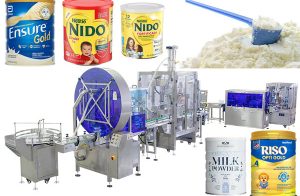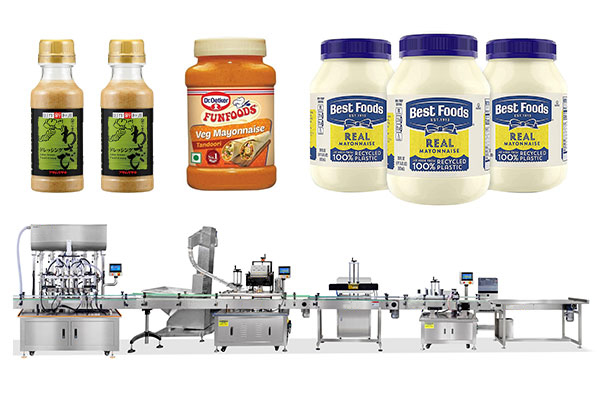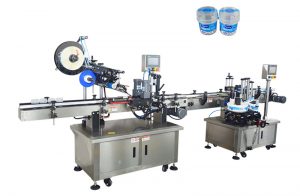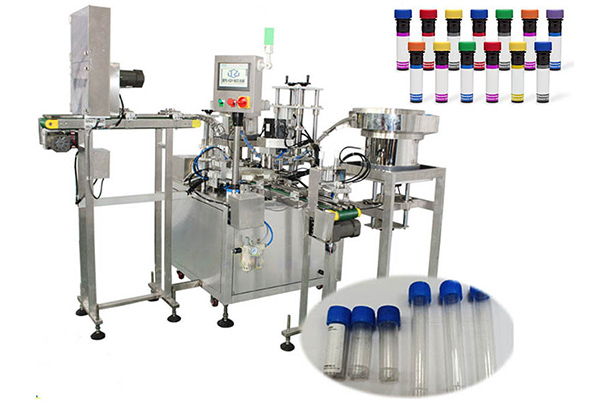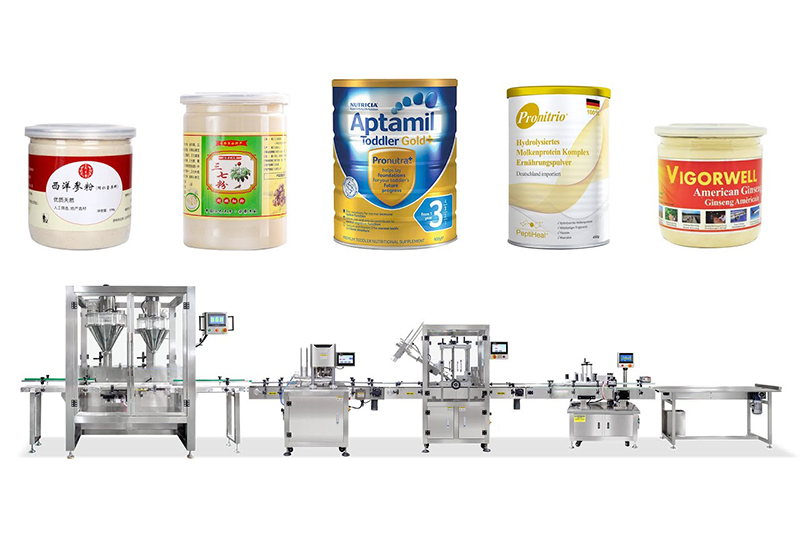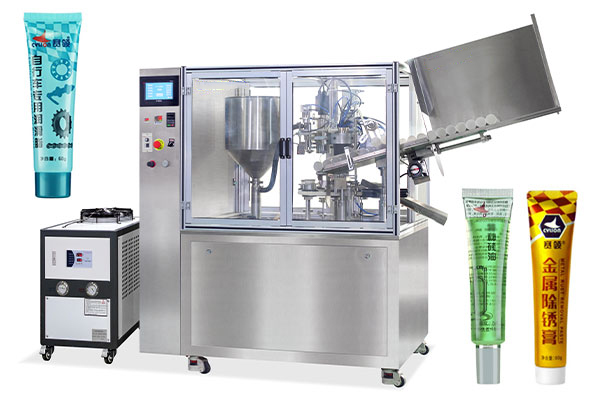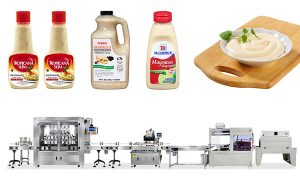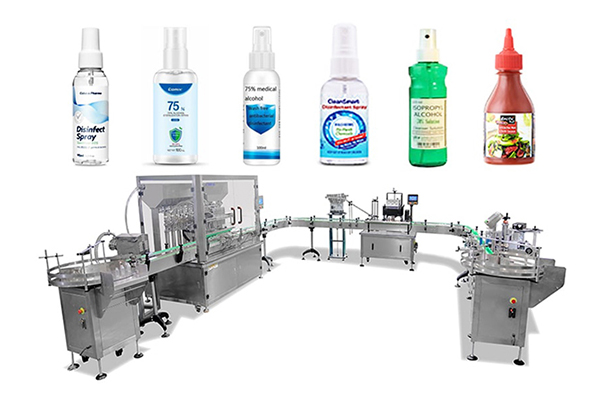In the intricate world of packaging, where precision and efficiency reign supreme, labeling machines stand as silent sentinels, ensuring products bear their identity with utmost accuracy. From the sleek design of a beverage bottle to the vibrant packaging of pharmaceuticals, labeling machines play a pivotal role in the seamless integration of products into the market landscape. But how exactly do these marvels of modern engineering operate? Let’s embark on a journey into the inner workings of a labeling machine.
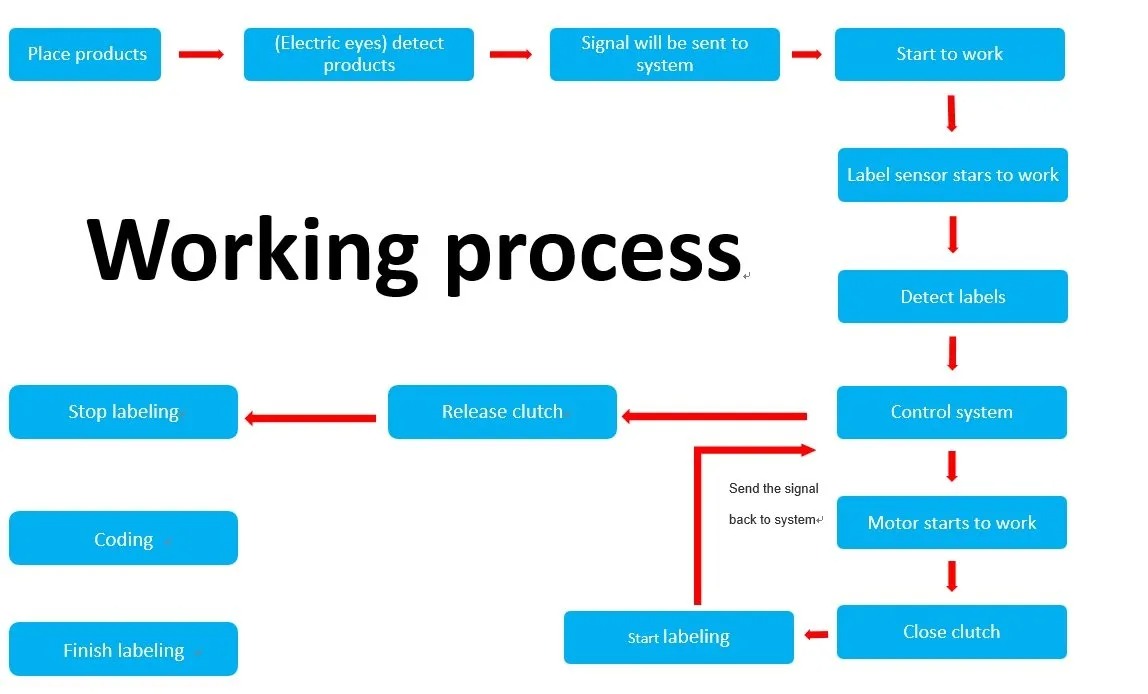
1. Understanding the Basics:
At its core, a labeling machine is designed to apply labels onto various products swiftly and accurately. Whether it’s a simple barcode, an elaborate brand logo, or regulatory information, these machines handle the task with finesse. But what sets them apart from manual labeling processes is their automation and precision.
2. The Components:
A labeling machine comprises several key components, each contributing to its functionality. These include the label dispenser, conveyor system, applicator, and control panel. The label dispenser holds the label roll and feeds it into the machine, while the conveyor system ensures a smooth transition of products through the labeling process. The applicator, equipped with mechanisms such as rollers, pads, or air jets, adheres the label onto the product surface with precision. Meanwhile, the control panel serves as the command center, allowing operators to adjust settings and monitor operations.
3. The Process Unveiled:
As products move along the conveyor belt, the label dispenser releases labels at precise intervals determined by sensors or timers. The applicator then applies pressure to ensure proper adhesion, while adjustments can be made to accommodate various product shapes and sizes. Advanced labeling machines may also feature capabilities such as wrap-around labeling or tamper-evident seals, adding versatility to their repertoire.
4. Types of Labeling Machines:
Labeling machines come in various configurations to suit different industries and labeling requirements. Some common types include pressure-sensitive labelers, which utilize adhesive-backed labels, and shrink sleeve labelers, which apply heat-shrinkable sleeves to containers. Additionally, rotary labelers excel in high-speed production environments, while handheld labelers offer portability and flexibility for smaller-scale operations.
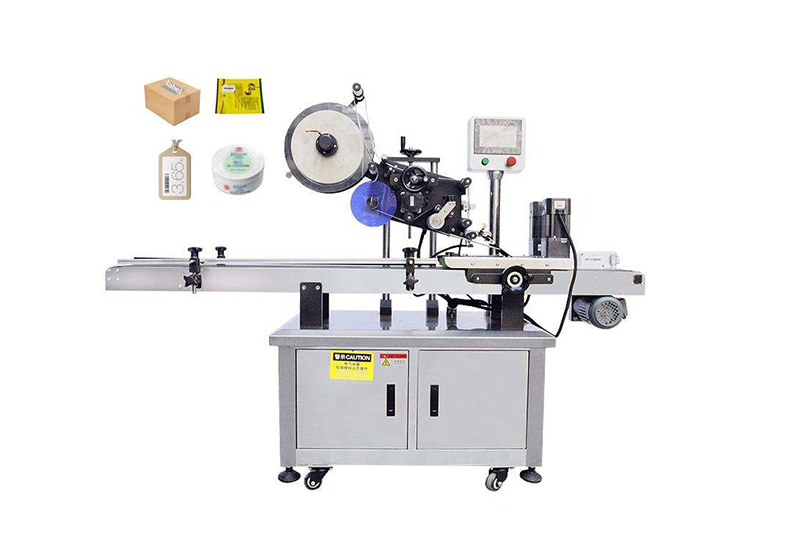
5. The Role of Technology:
Innovation is the lifeblood of labeling machine technology, driving advancements in speed, accuracy, and efficiency. Integration with computerized systems enables seamless communication and synchronization with other packaging equipment, streamlining the production process. Moreover, features such as optical sensors and servo-driven mechanisms enhance precision and reliability, minimizing errors and downtime.
6. Benefits Beyond Efficiency:
Beyond the realm of production efficiency, labeling machines offer a myriad of benefits to businesses. By automating the labeling process, they reduce labor costs and minimize the risk of human error, ensuring consistency and compliance with regulatory standards. Moreover, their versatility allows for customization and branding opportunities, empowering companies to create distinct identities for their products in the market.
7. Embracing the Future:
As technology continues to evolve, the landscape of labeling machines is poised for further innovation. Advancements in materials science may lead to eco-friendly labeling solutions, aligning with the growing emphasis on sustainability in packaging. Furthermore, the integration of artificial intelligence and machine learning holds the promise of predictive maintenance and adaptive labeling processes, ushering in a new era of efficiency and optimization.
In conclusion, the intricate dance of components and technology within a labeling machine epitomizes the marriage of precision and automation in modern manufacturing. From the bustling floors of beverage factories to the sterile environments of pharmaceutical facilities, these machines silently ensure that products bear their identity with unwavering accuracy. As industries evolve and consumer demands shift, the role of labeling machines remains steadfast, adapting to meet the ever-changing needs of the market.
To explore how labeling machines can revolutionize your packaging processes, reach out to our team today. Let’s embark on a journey towards efficiency and excellence together.

